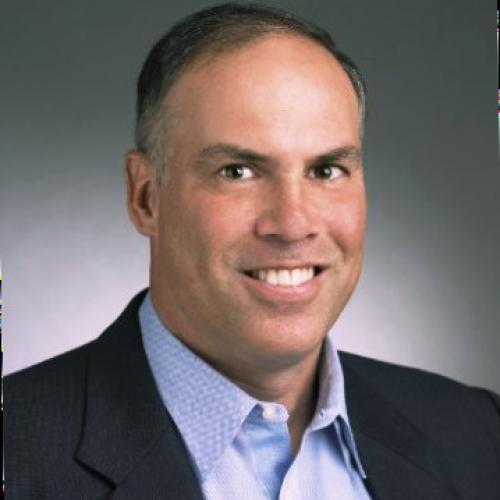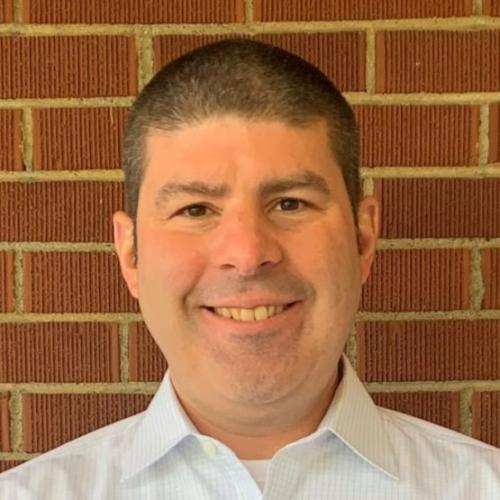• Computational Storage and Memory
• CXL and UCIe
• Emerging Persistent Memory Types
• Bridging to the Application Layer

Tom Coughlin
Tom Coughlin, President, Coughlin Associates is a widely respected digital storage analyst as well as business and technology consultant. He has over 40 years in the data storage industry with engineering and management positions at several companies as well as 20 years as a respected consultant.
Dr. Coughlin has many publications and six patents to his credit. Tom is also the author of Digital Storage in Consumer Electronics: The Essential Guide, which is now in it’s second edition with Springer. Coughlin Associates provides market and technology analysis as well as Data Storage sndf Memory Technical and Business Consulting services. Tom publishes the Digital Storage Technology Newsletter, the Media and Entertainment Storage Report, the Emerging Non-Volatile Memory Report and other industry reports. Tom is also a regular contributor on digital storage for Forbes.com and other blogs.
Tom is active with SMPTE (Journal article writer and Conference Program Committee), SNIA (including a founder of the SNIA SSSI), the IEEE (he is Past President of IEEE-USA, Past Chair of the IEEE New Initiatives Committee, Past Chair of the IEEE Public Visibility Committee, Past Director for IEEE Region 6, Past Chair and still active in the IEEE Santa Clara Valley section and active in the Consumer Technology Society) and other professional organizations. Tom is the founder and organizer of the Storage Visions Conferences (www.storagevisions.com as well as the Creative Storage Conferences (www.creativestorage.org). He was the general chairman of the annual Flash Memory Summit for 10 years. He is an IEEE Fellow, HKN member, and a board member of the Consultants Network of Silicon Valley (CNSV). For more information on Tom Coughlin and his publications go to www.tomcoughlin.com.

David McIntyre

Arvind Jagannath
Arvind Jagannath works in Product Management at VMware. With over 25 years of experience in the industry working on networking, storage, embedded, and kernel development, he currently leads infrastructure and core platform enablement for vSphere, working across the VMware ecosystem of server, IO, and storage partners. Arvind most recently drove platform product management at Cohesity and NetApp. Arvind holds an MBA from the University of Chicago, Booth school of Business and a Bachelors in Computer Science and Engineering.

Debendra Das Sharma
Debendra Das Sharma (Senior Member, IEEE) was born in Odisha, India, in 1967. He received the B.Tech. degree (Hons.) in computer science and engineering from IIT Kharagpur, Kharagpur, India, in 1989, and the Ph.D. degree in computer systems engineering from the University of Massachusetts, Amherst, MA, USA, in 1995.,He joined Hewlett-Packard, Roseville, CA, USA, in 1994, and Intel, Santa Clara, CA, USA, in 2001. He is currently an Senior Fellow with Intel. He is responsible for delivering Intel-wide critical interconnect technologies in Peripheral Component Interconnect Express (PCI Express), Compute Express Link (CXL), Universal Chiplet Interconnect Express (UCIe), Coherency Interconnect, Multi-Chip Package Interconnect, and Rack Scale Architecture. He has been leading the development of PCI-Express, CXL, and UCIe inside Intel as well as across the industry since their inception. He holds 160+ U.S. patents and more than 400 patents worldwide.,Dr. Das Sharma has been awarded the Distinguished Alumnus Award by IIT, in 2019, the 2021 IEEE Region 6 Engineer of the Year Award, the PCI-SIG Lifetime Contribution Award in 2022, and the 2022 IEEE CAS Industrial Pioneer Award. He is currently the Chair of UCIe Board, a Director of PCI-SIG Board, and the Chair of the CXL Board

Arthur Sainio
Arthur Sainio is Co-Chair of the SNIA Persistent Memory and NVDIMM Special Interest Group, which accelerates the awareness and adoption of Persistent Memories and NVDIMMs for computing architectures.
As a Director of Product Marketing at SMART Modular Technologies. Arthur has been driving new product launch and business development activities at SMART since 1998.
Prior to Smart, Arthur worked as a product manager at Hitachi Semiconductor America. While there, his focus was on DRAM, SRAM, and Flash technologies.
Arthur holds a MBA from San Francisco State University and a MS from Arizona State
University.
SNIA
Website: https://www.snia.org/
The Storage Networking Industry Association (SNIA) is pleased to be an association sponsor of MemCon. SNIA is a not-for-profit global organization made up of member companies spanning the storage market. As a recognized and trusted authority for storage leadership, standards, and technology expertise worldwide, SNIA’s mission is to lead the storage industry in developing and promoting vendor-neutral architectures, standards, and educational services that facilitate the efficient management, movement, and security of information. Learn more at www.snia.org




















